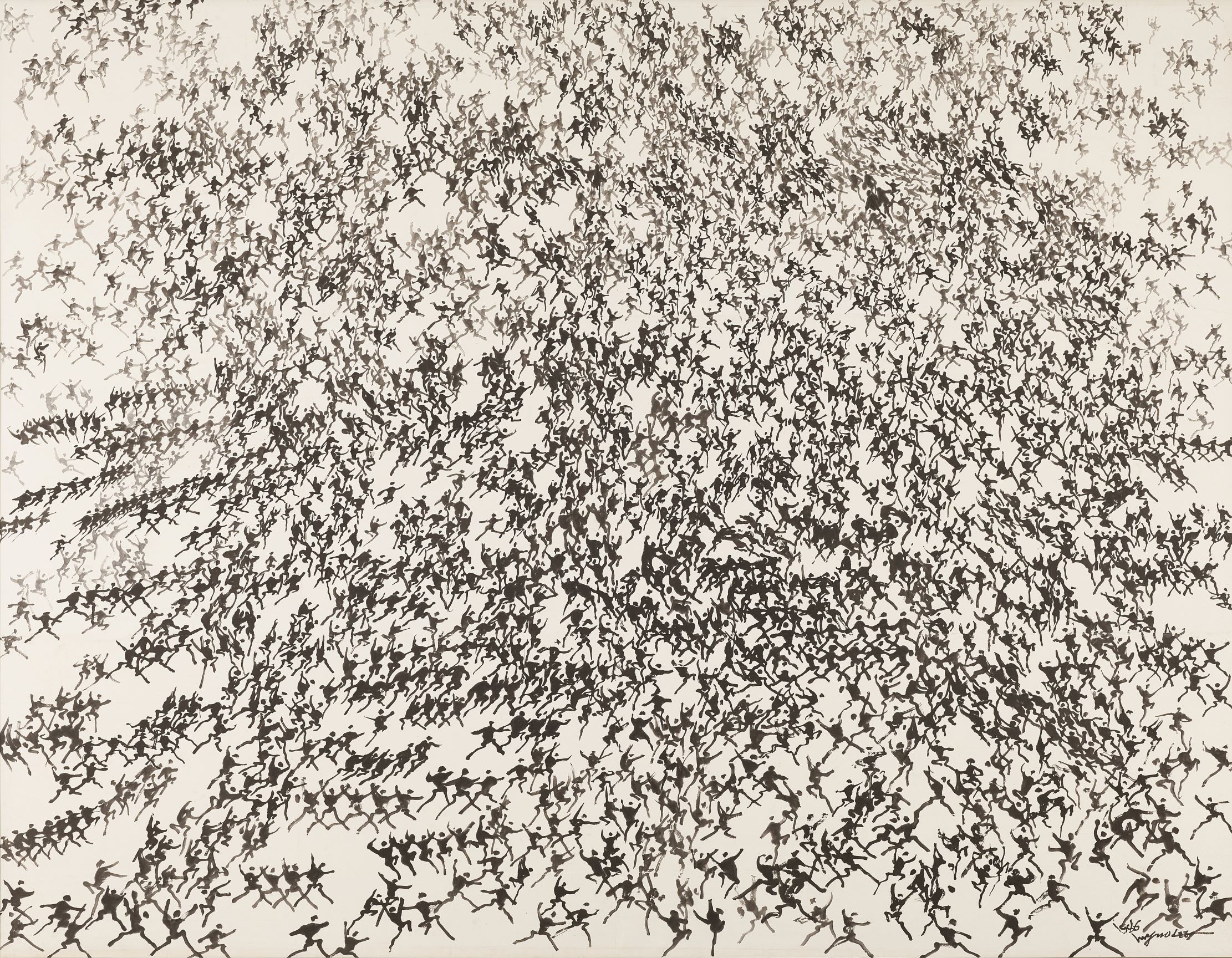
Lee Ungno, Crowd, 1986, Ink on paper, 211×270cm. MMCA collection
Lee Ungno
* Source: Multilingual Glossary of Korean Art. Korea Arts Management Service
Related
-
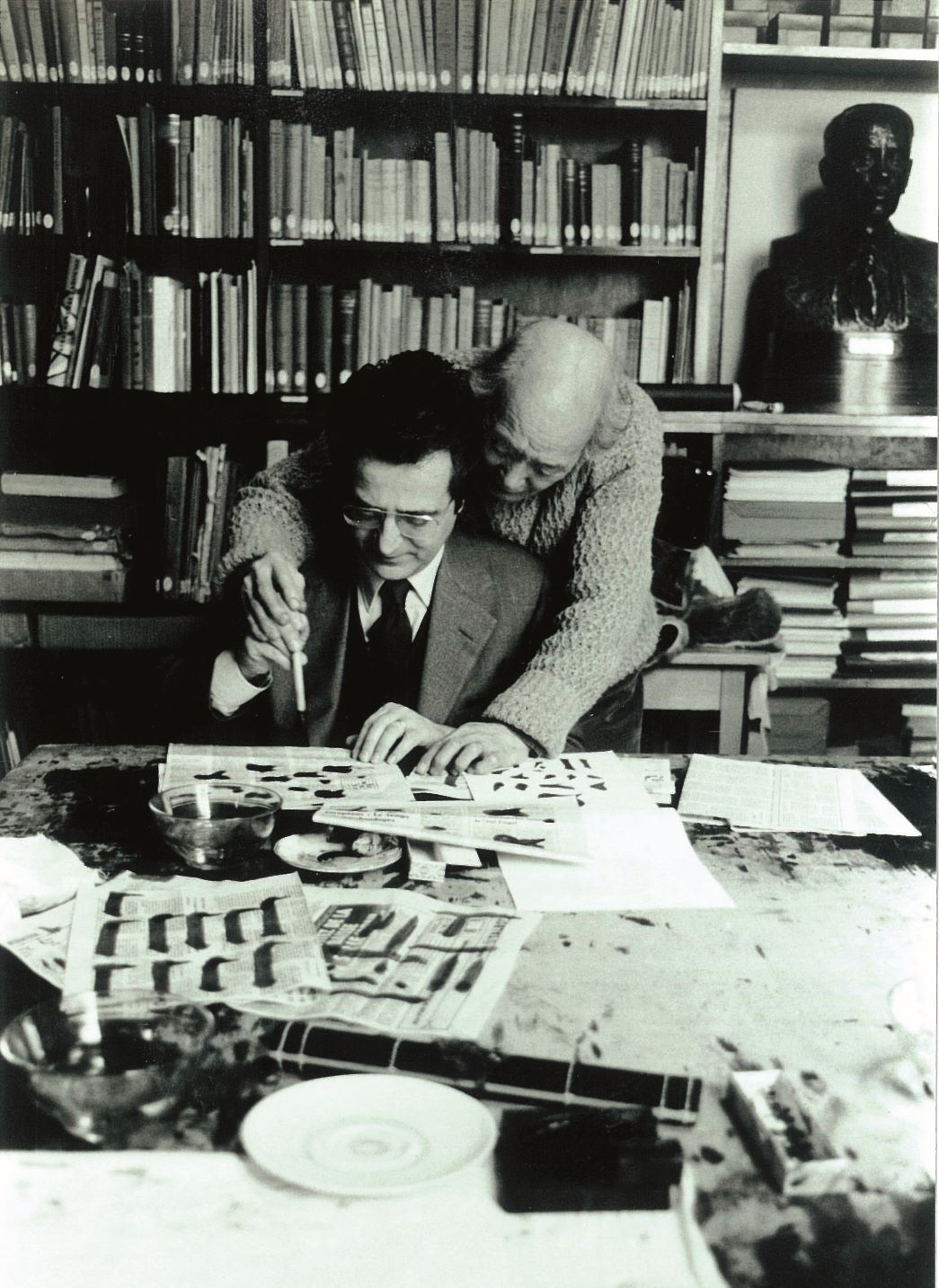
Paris Oriental Painting Academy
Académie de Peinture Orientale de Paris (The Paris Oriental Painting Academy) was an academy of Eastern painting run by Lee Ungno in Paris, France, from 1964 through 1989. Early on in his Parisian life around 1962, Lee began teaching East Asian calligraphy and painting to Europeans by offering an East Asian art course in his home. In 1964, he became friends with Vadime Elisseeff, the director of Musée Cernuschi (Cernuschi Museum), the municipal Asian art museum in Paris, and came to open an academy within the museum. At the time, the name of the academy was formalized as the Académie de Peinture Orientale de Paris. Its supporter’s association was composed of fourteen prominent figures, including Jacques Lassaigne, Chou Ling, Hans Hartung, Pierre Soulages, Fujita Tsuguharu, Zao Wou-Ki, Chang Da-Chien, and Lee Huiseung. The curriculum was divided into calligraphy and Eastern-style painting. Lee Ungno published his own Eastern painting instructional textbook L'Art de peindre à l’encre de Chine (The Art of Painting with Ink and Wash) in 1987 (an updated edition was published in 1988). In 1971, the Paris Oriental Painting Academy organized the exhibition Oeuvres et études de l'Académie de peinture orientale de Paris (Works and Studies of the Paris Oriental Painting Academy) that presented its students work at the Cernuschi Museum. Since 1977, it was held four times (1977, 1980, 1982, and 1988) at the Goryeo Gallery, which Lee opened in Paris in 1976. After Lee’s death, the Paris Oriental Painting Academy was continued as the Goam Academy run by his wife Park Ingyeong and his son Lee Yoongse. The Paris Oriental Painting Academy was the successor of the Goam Atelier, an Eastern-style painting school Lee Ungno founded in Seoul in 1945, indicating that Lee maintained his identity as an Eastern-style painter even after moving to Europe.
-
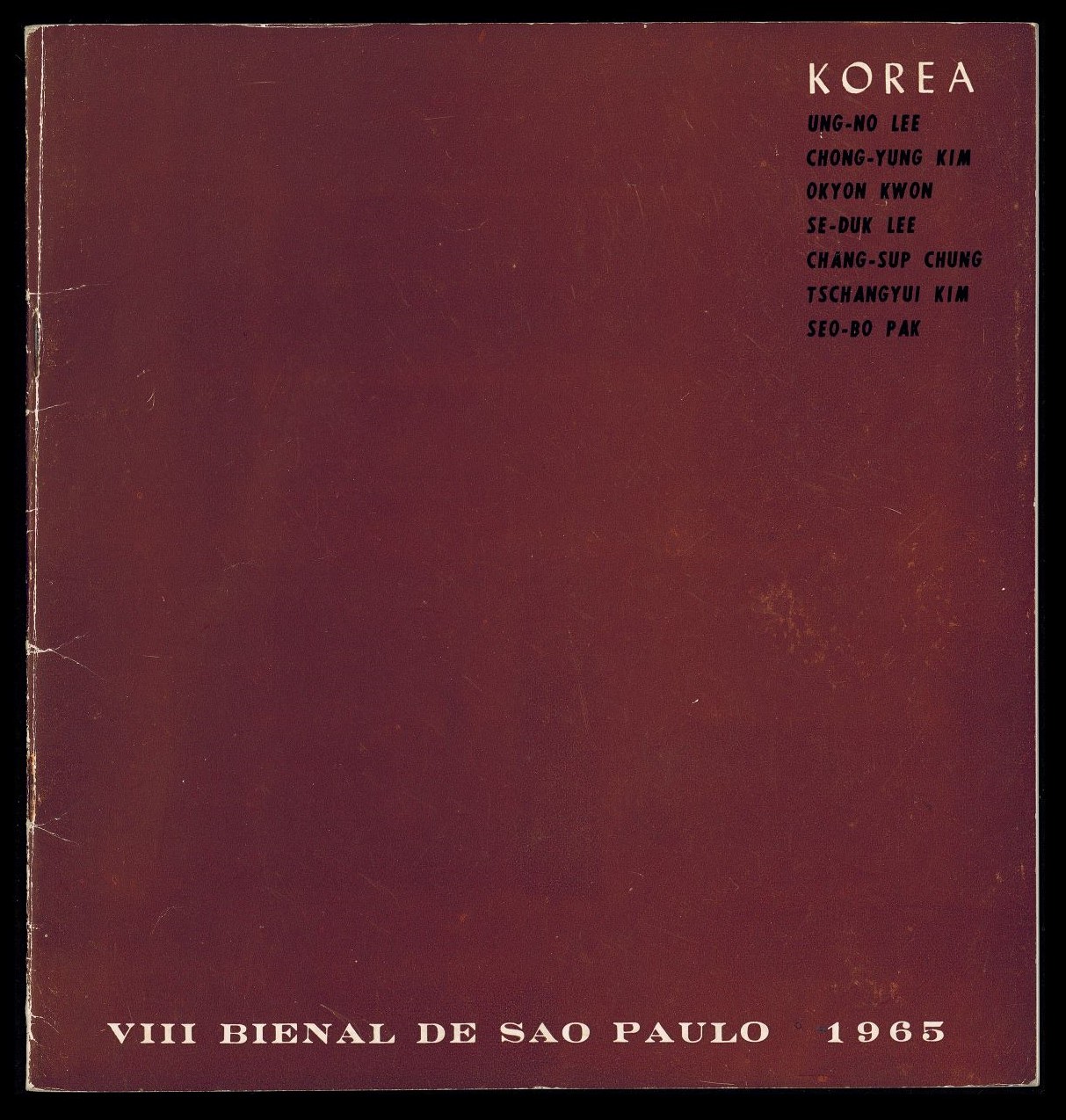
Sao Paulo Art Biennial
The Sao Paulo Art Biennial is an international exposition which started in 1951. The Sao Paulo Museum of Modern Art was the main venue for the event until 1957 when it moved to Ciccillo Matarazzo Pavilion. The exposition has the second longest history next to the Venice Biennale, and shares similar features with Venice, regarding the commissioner system and the use of themed exhibitions. South Korea expanded cultural exchange programs within the program since diplomatic relations were established in 1959 and began to officially participate in the Biennales after 1963. Kim Whanki, the chairman of the board of the Korean Art Association, served as the first commissioner in 1959, and seven artists including Yoo Youngkuk, Kim Youngjoo, Kim Kichang, Yoo Kangyul, Han Yongjin, Suh Seok, and Kim Whanki himself, submitted works to the exhibition. Their art pieces were previewed at the Korean Information Service Gallery in Seoul between June 14 and June 16. Over the last 70 years, Kim Bokyoung, Seo Seong-rok, Kim Youngho, Yoon Jinsup, and Oh Sang-Ghil have all been appointed as commissioners to the Biennale.
-
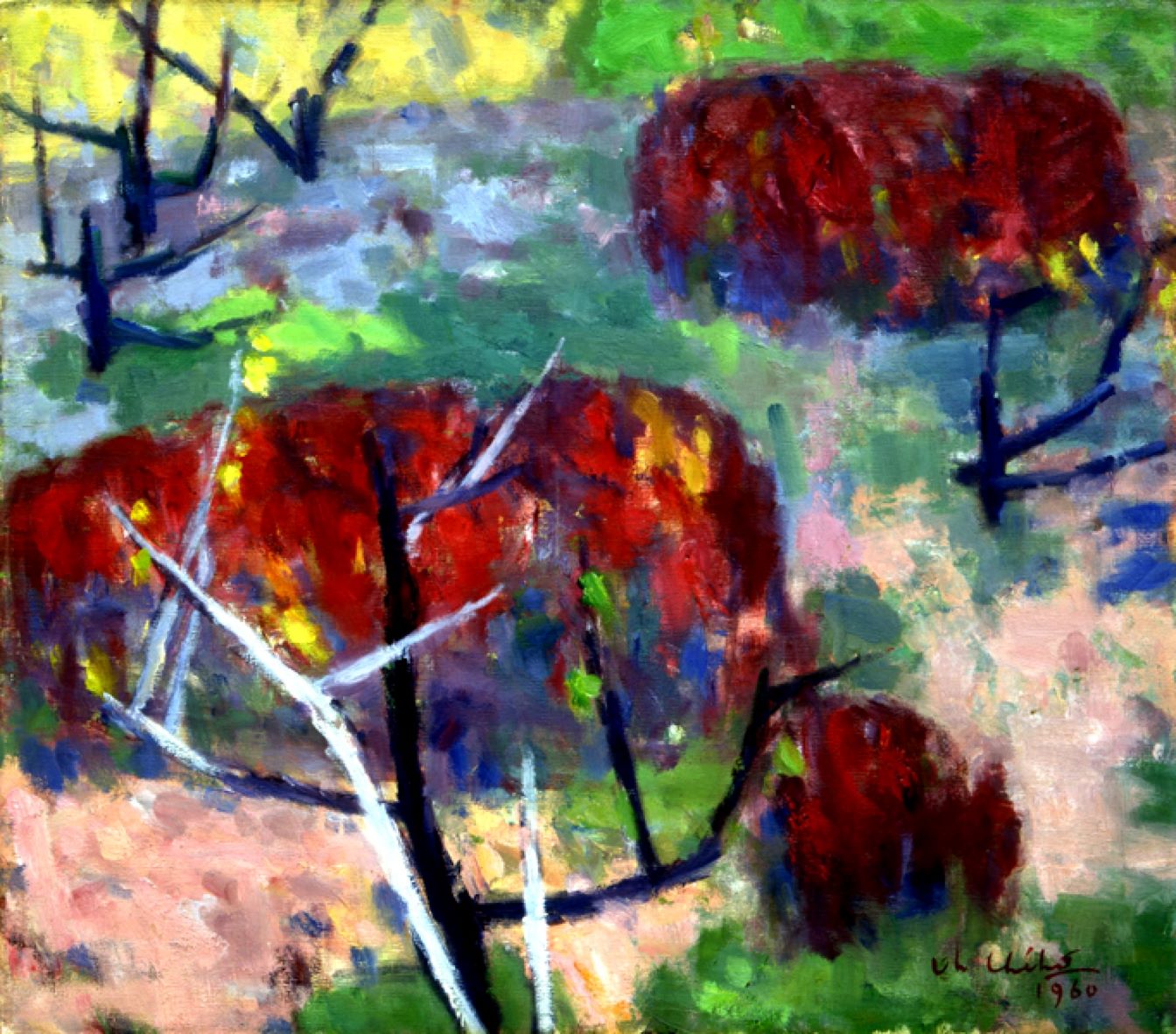
Semi-abstract
The term semi-abstraction refers to a painting that combines abstract and figurative painting styles together. Lee Ungno used the term in a different local context in relation to his work. In his book Appreciation and Technique of Eastern-style Painting (1956), Lee argues that semi-abstraction describes an artistic technique based on sketching from nature, which also further attempts to express an abstract atmosphere to better emphasize the author’s conceptual intentions. The concept was officially used in Korea at the 1961 Grand Art Exhibition of Korea to distinguish three divisions: western painting, semi-abstract work, and abstract work.
Find More
-
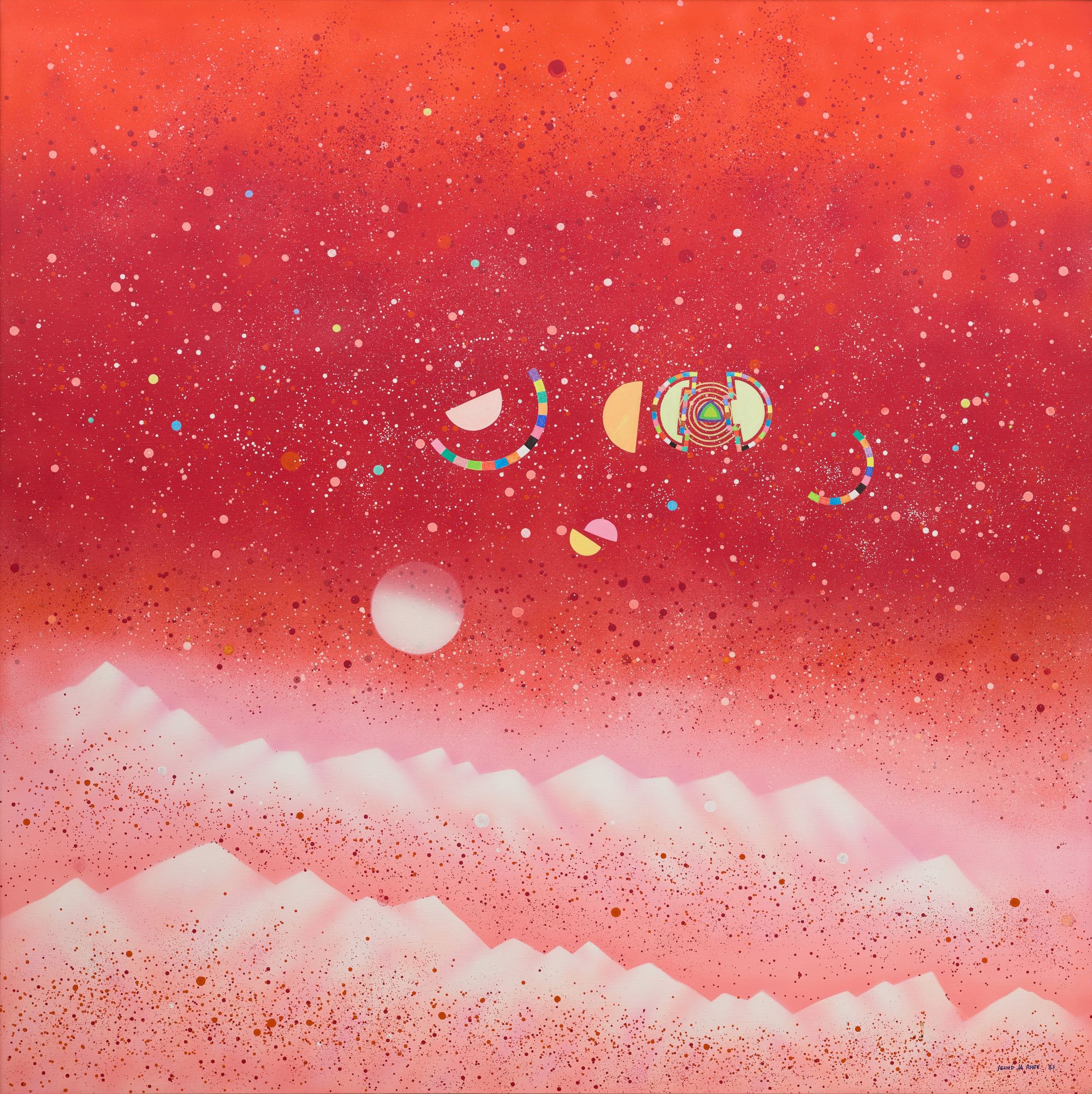
Rhee Seundja
Rhee Seundja (1918-2009, pen name Ilmoo) was born in Guangyang, Jeollanam-do, but she moved to Hadong, Gimhae, and then Changyeong following her father. After her father retired, her family settled in Jinjoo and she graduated from Ilsin Women’s High School. She moved to Japan and majored in Home Economics at Jitsen Women’s University in Tokyo from 1935 to 1938. After getting divorced from her husband, she moved to Paris in 1951. She attended Académie de la Grande Chaumière and was widely recognised as the Korean female artist to study in Europe. Because of the strong Oriental sensibility within her works, she was dubbed as “ambassadrice de l'aube.” She alternated between oil painting and wood prints, and in both mediums attempted to depict the harmony of yin and yang that she saw as reflected in the relationship between the East and the West, the land and a woman, the earth and time, and art and the universe.
-

Bang Haija
Bang Haija (1937-2022) was an abstract artist who has spent her life making “light” visible and has lived going back and forth between Seoul and Paris. Born in Neung-dong, Goyang-gun, Gyeonggi-do Province, Bang graduated from Kyunggi Girls’ High School and went on study in the College of Fine Arts at Seoul National University. After graduation, she traveled to France with a plane ticket to Paris that she bought by selling her works at her first solo exhibition in 1961. She submitted her In the Heart of the Earth I and II to the exhibition The Foreign Painters in Paris (Les Peintres étrangers a Paris) hosted by Museum of Modern Art in Paris (Musée d'Art moderne de Paris). She enrolled in the École nationale supérieure des Beaux-Arts in Paris, studied mural painting in the atelier of Professor Lenormand from 1963 through 1966, and held a solo exhibition at Galerie Florence Houston-Brown in Paris in 1968. From 1983 through 1987, she learned printmaking at the Parisian printmaking studio Atelier 17, where she developed a sense for paper texture and contemporaneous mediums. Since 1976, she held several solo exhibitions at Gallery Hyundai in Seoul and traveled between Seoul and Paris, where she participated in a residency program at Youngeun Museum of Contemporary Art, held an exhibition at Sungkok Art Museum, and taught calligraphy and Hangeul (Korean alphabet) to French people. Her books of paintings include Bang Hai Ja and Souffle de Lumière (Breath of Light) published by the French publisher Cercle d’art in 1997 and 2007, respectively, and Song of Light published by Youlhwadang in 2015. Among notable books of poetry accompanied by her paintings are Au chant des transparences (To the Song of Transparency) by Roselyne Sibille (Voix d’encre, 2001), Une joie secrète (A Secret Joy) by Charles Juliet (Voix d’encre, 2002), Infinite Flowers by Mun Yeonghun (Yeobaek Media, 2004), and Éclosion (Hatching) by Kim Chi Ha (Voix d’encre, 2006). She also published essay collections such as Maeumui chimmuk (Silence of the Mind) (Yeobaek Media, 2001) and Agiga bon sesang (The World as Seen by a Baby) (Yeobaek Media, 2002). Her translations introducing Korean cultural heritage to France include Namsan Mountain in Gyeongju: The Mountain of Ten Thousand Buddhas (Cercle d’Art, 2002) and the Les Mille Monts de Lune (The Thousand Mountains of the Moon) (Albin Michel, 2003), a collection of Zen poems by Korean Buddhist monks. Bang was awarded the Holy Prize at the International Contemporary Art Fair Monaco, Special Overseas Artist Award at the Second Korean Artist Prize in 2008, the Order of Cultural Merit of the Republic of Korea in 2010, and the Eleventh France-Korea Cultural Prize and the Prize for Women Who Have Made the World Shine from the Korean Women’s International Foundation in 2012. Bang Haija is known as the “painter of light” as she explored and visualized the meaning of the universe and life through meditation. In 2023, the memorial exhibition for the first anniversary of her death was held at Youngeun Museum of Contemporary Art.
-
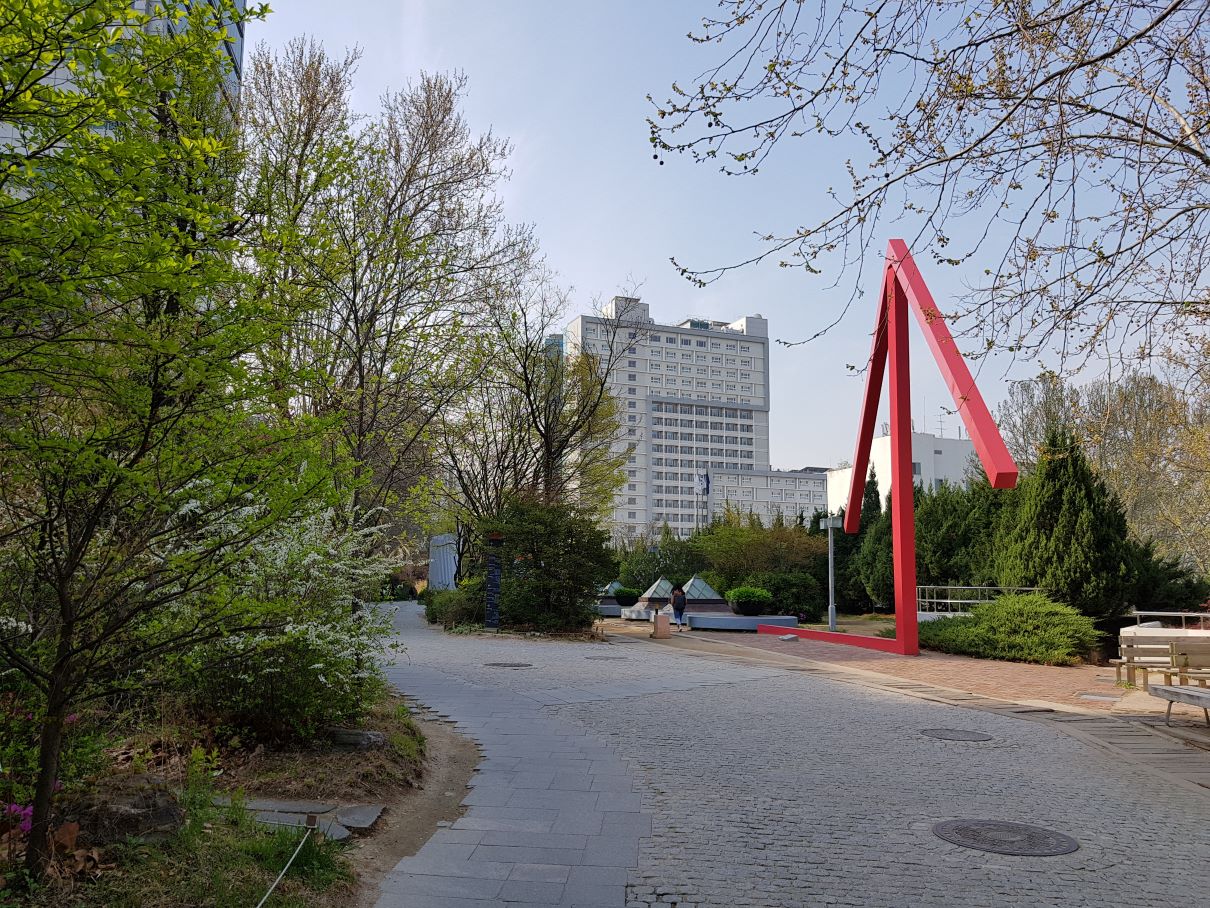
Department of Art at Hongik University
Established in 1949, the Department of Art at Hongik University consists of one art theory department and eleven practice-based departments, including painting, Oriental painting, printmaking, sculpture, woodworking and furniture design, metal art and design, ceramics and glass, textile art and fashion design, visual communication design, and industrial design. In 1955, it moved from Jongro-gu, Seoul to the current location in Sangsu-dong, Mapo-gu, Seoul. The history of the College of Fine Arts can be largely divided into the period of the Department of Fine Arts from 1949 through 1953, the period of the School of Fine Arts from 1954 through 1971, and the period of the College of Fine Arts from 1972 until now. In March 1953, the Department of Fine Arts produced the first six graduates, and in the following year the School of Fine Arts with three departments was established. In December 1971, it was upgraded to a college, which exists up to the present. Several exhibitions organized by its graduates are notable, including the Four Artists Exhibition held in 1956 as the first anti-National Art Exhibition (Daehanminguk misul jeollamhoe or Gukjeon) by the third and fourth classes of graduates and the Union Exhibition of Korean Young Artists held in 1967 by graduates from the 1960s as an effort to realize experimental art.






